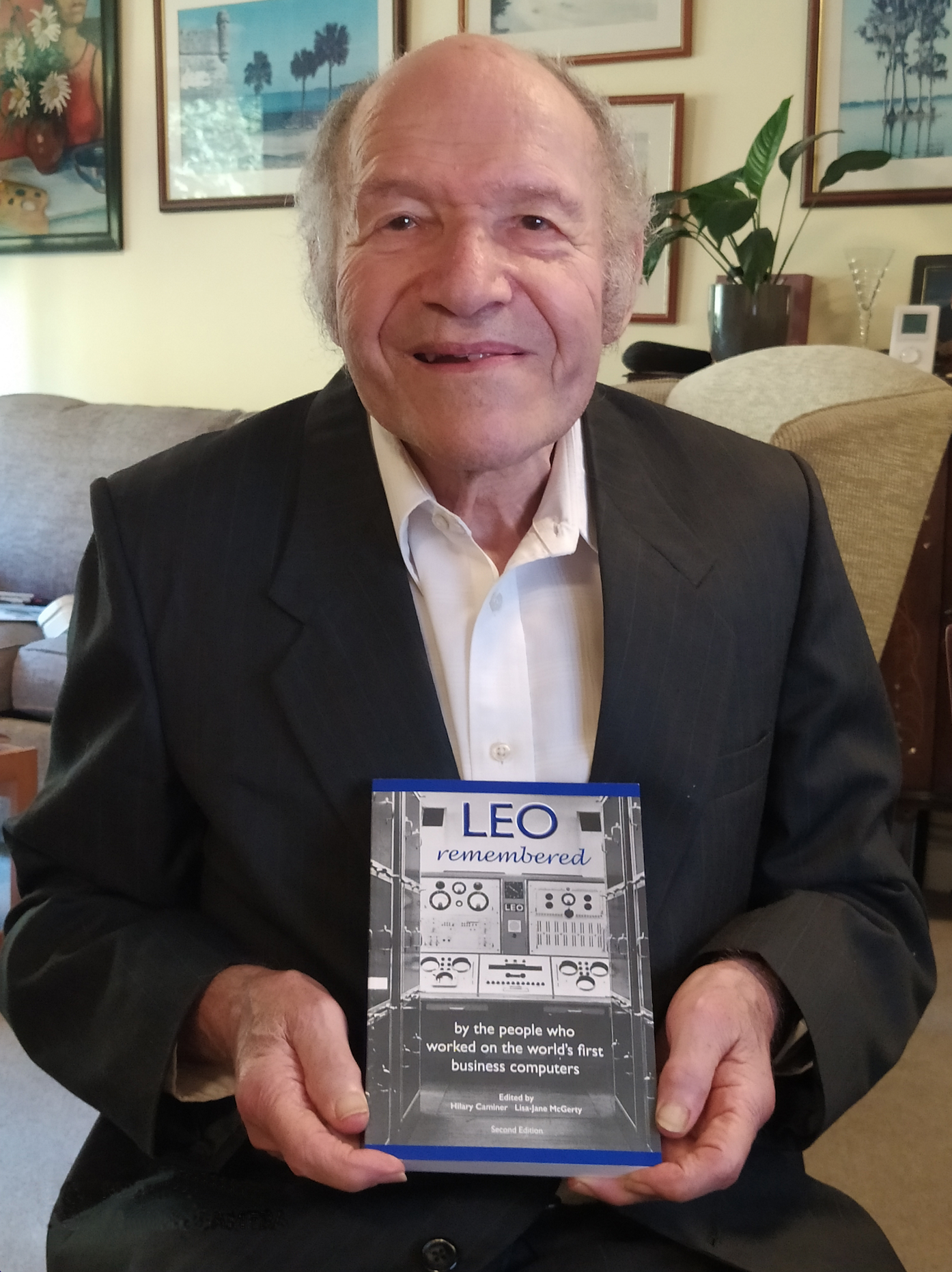In at the start of business computing
|
What was it really like to be in at the start of business computing, to attempt what no-one had done before, to develop totally new ways of processing and managing data that would eventually completely change the way business operates across the world? A flavour of what it felt like can be had from the reminiscences of over 80 people who variously worked on LEO (Lyons Electronic Office), the world’s first computer to run business applications, and its successor machines, now being published as a book this month (28 September). Coming out strongly through the book, “LEO remembered,” is the shared excitement from those involved - designers, engineers, programmers, operators and sales people alike - in knowing that they were onto something big. Noting this, the book’s joint editors, Hilary Caminer and Lisa McGerty, comment: “First hand testimony takes us to the heart of the day-to-day routine, the frustrating task of locating and mending hardware and software faults, the camaraderie built from working together on never-before-tackled systems and programming problems, the ethos that LEO instilled and that stayed with its people in their later, often very distinguished careers.” LEO story This was in no way a straightforward task. Frank Land (below), one of the ground-floor LEO pioneers, commented: “What is not generally appreciated, and is part of the remarkable story that unfolded, is that Lyons, famed for baking bread and feeding people, actually built the computer and did not outsource the building of the hardware and software.”
The bold decision by the Lyons board bore fruit when, in November 1951, just over 70 years ago, the resulting LEO ran its first live business application, a bakeries valuation job, the first in the world to do so. Lyons retained this lead through most of the 1950s and early 1960s, setting up a company, LEO Computers Ltd, to develop and sell computers at home and overseas before eventually merging with International Computers and Tabulators (ICT) in a final fling for the British computer industry. The LEO story ended in 1981 when the last of the LEO computers, a LEO 326, one of a large number operated by the Post Office for telephone billing, was finally turned off, the same year coincidentally when the last of the Joe Lyons famous teashops closed its doors. ‘LEO remembered’ is published, with financial support from the AIT Trust, by the charities LEO Computers Society and the Centre for Computing History, based in Cambridge. It has a foreword by Dame Stephanie Shirley CH and an introduction by Professor Frank Land OBE. The book is available, priced £8 plus postage, from the museum shop. Photo caption Notes 2. Established in 2006, the Centre for Computing History is a charitable heritage organisation with a strong focus on learning. Since opening in Cambridge in August 2013, the Centre has helped people understand how tech has shaped the modern world and revolutionised the way we live, work and play through interactive displays and exhibitions, our schools programme, learning events and workshops, and an astonishing collection of computers old and new. Visit www.computinghistory.org.uk. Follow @computermuseum Date : 21-09-2022 |










